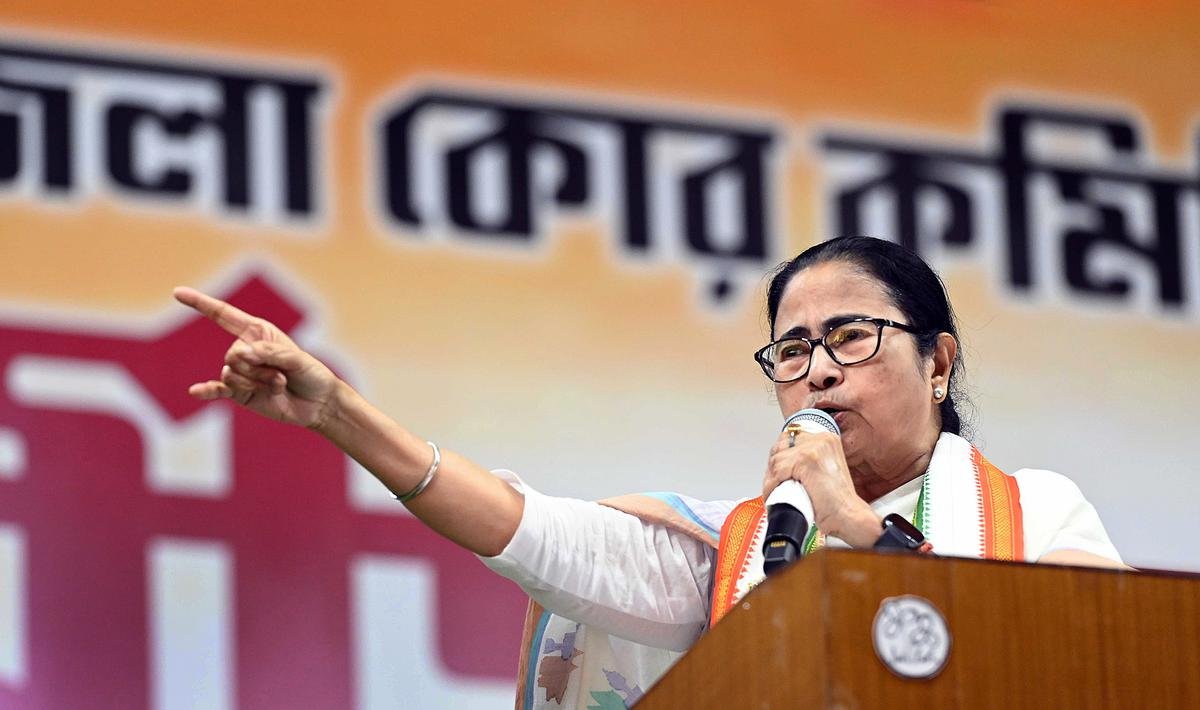Recently, the West Bengal Chief Minister urged the central government to include ‘Bengali’ as a classical language.
About Classical Language:
- Criteria evolved by Government of India to determine declaration of a language as a Classical language is as under: –
- High antiquity of its early texts/recorded history over a period of 1500-2000 years;
- A body of ancient literature/texts, which is considered a valuable heritage by generations of speakers;
- The literary tradition be original and not borrowed from another speech community;
- The classical language and literature being distinct from modern, there may also be a discontinuity between the classical language and its later forms or its offshoots.
- Currently, six languages enjoy the ‘Classical’ status: Tamil (declared in 2004), Sanskrit (2005), Kannada (2008), Telugu (2008), Malayalam (2013), and Odia (2014).
- The benefits it provides once a language is notified as a Classical language:
- Two major annual international awards for scholars of eminence in classical Indian languages.
- A Centre of Excellence for studies in Classical Languages is set up.
- The University Grants Commission is requested to create, to start with at least in the Central Universities, a certain number of Professional Chairs for the Classical Languages so declared.”
Key facts about Bengali Language
- It is an official language of West Bengal.
- It is the second most spoken language in India and the seventh most spoken language in the world.
- The Bengali people have a rich heritage and culture dating back to prehistoric times.
- Bengali is written from left to right.




